What Eats A Deer?
Categories
- Accipitridae (1)
- Acrididae (1)
- Algae (2)
- Alligatoridae (1)
- Amoebidae (1)
- Amphibians (3)
- Anatidae (1)
- Anguillidae (1)
- Arachnids (2)
- Bears (2)
- Big Cats (3)
- Birds (13)
- Bovidae (5)
- Bufonidae (1)
- Camelids (1)
- Cameras (1)
- Canines (13)
- Caridea (1)
- Carnivora (10)
- Castoridae (1)
- Cats (5)
- Cebidae (1)
- Cephalopod (1)
- Cervidae (2)
- Cetacean (1)
- Chondrichthyes (1)
- Crocodilia (2)
- Crustaceans (4)
- Culicidae (1)
- Cyaneidae (1)
- Dasypodidae (1)
- Dasyurids (1)
- Deer (1)
- Delphinidae (1)
- Desktop (1)
- Didelphidae (1)
- Dinosaurs (1)
- Dogs (13)
- Dolphins (2)
- Echinoderms (1)
- Education (10)
- Elephantidae (1)
- Equine (1)
- Erethizontidae (1)
- Erinaceidae (1)
- Farming (1)
- Felidae (5)
- Fish (5)
- Food Chain (31)
- Food Web (2)
- Formicidae (1)
- Frugivore (1)
- Gaming (1)
- Gastropods (1)
- Giraffids (1)
- Great Apes (2)
- Health Conditions (3)
- Herbivore (4)
- Hi-Fi (1)
- Hippopotamidae (1)
- Hominidae (1)
- Insects (10)
- Invertebrates (2)
- Keyboards (1)
- Laptops (1)
- Leporidae (1)
- Mammals (23)
- Marsupials (4)
- Mephitidae (1)
- Microchiroptera (1)
- Mollusks (2)
- Mongoose (1)
- Muridae (1)
- Nocturnal Animals (1)
- Odobenidae (1)
- Omnivore (2)
- Phasianidae (1)
- Phocidae (1)
- Plankton (1)
- Plants (2)
- Primate (1)
- Ranidae (1)
- Reptiles (7)
- Rhinocerotidae (1)
- Rodents (5)
- Salamandridae (1)
- Scarabaeidae (1)
- Sciuridae (2)
- Sharks (1)
- Shellfish (1)
- Sound (1)
- Spheniscidae (1)
- Suidae (1)
- Superfamily Papilionoidea (1)
- Theraphosidae (1)
- What Eats (5)
Deer have many predators, or natural enemies. Animals that like to kill and eat deer include wild canids — or “dog-like” animals—such as wolves and coyotes. Big cats such as cougars, jaguars and lynx also hunt deer.
Bears kill and eat deer and, in tropical and subtropical forests, large snakes, such as anacondas, and crocodilians, such as alligators and caimans, attack deer in order to get a meal.
Because they have so many enemies, deer have developed good hearing, good eyesight, and the ability to run very fast.
It takes a skillful predator to catch a deer.
As for the question of what a deer eats: Deers are browsers, which means they eat a variety of leaves, green twigs, apples and other vegetation.
Table of Contents
Toggle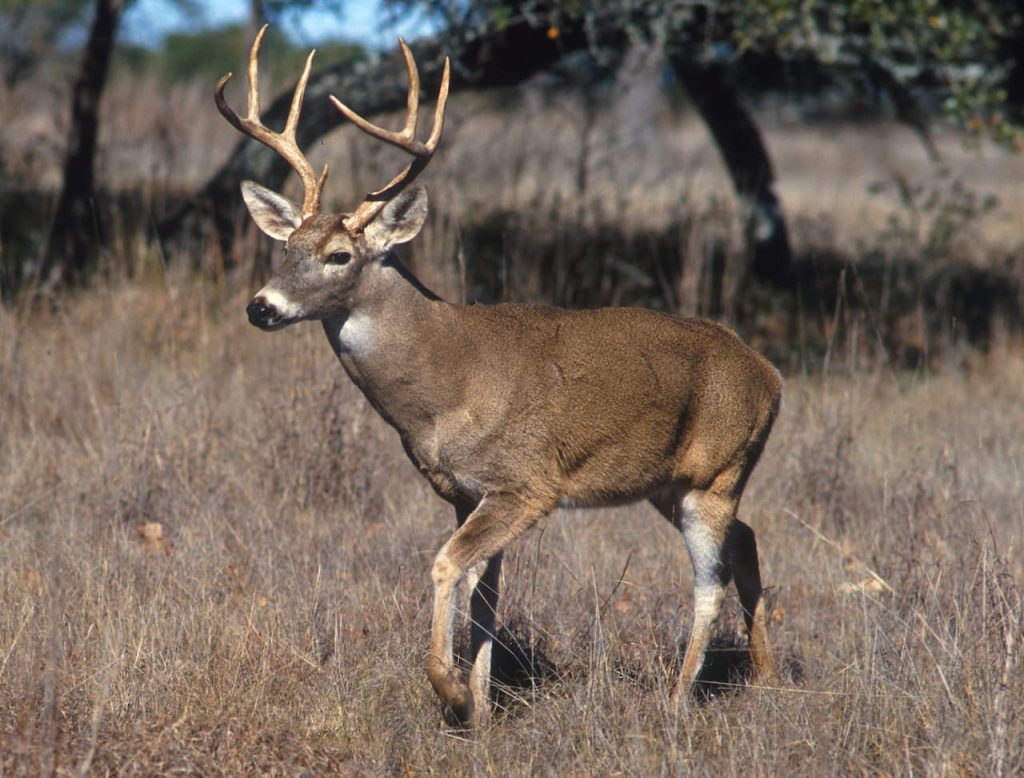
What Eats A Deer
So What Eats A Deer?
Introduction
Deer are frequent, appearing in the backyards of homes and the wild. Although these hoofed creatures might be a nuisance in our gardens, yards, and decorative plants, they are essential to many predators’ diets.
Wolves, mountain lions, coyotes, feral pigs, bears, and lynxes are among the familiar creatures that prey on deer. Deer may protect themselves against predators in various ways, most of which involve dodging or fleeing the threat.
This article explores the intricacies of predator-prey interactions, their hunting tactics, and their ecological functions as it digs into the intriguing world of deer predators.
Predators Of Deers
The majority of deer predators are natural creatures that hunt deer regularly. Whether they are fawns or adults, the natural predators pursue, kill, and prey on deer. Some of them are being discussed here.
Wolves
Wolves are the most significant predators of deer. Because they pursue in groups, they can take down prey considerably more extensively than themselves.
Some of the following qualities sets wolves apart from other predators on the planet:
Velocity: Wolves can run between 35 and 40 mph, marginally quicker than a deer’s 30 mph sprint.
Endurance: Wolves typically pursue deer until they are exhausted. In just 12 hours, they may easily travel more than 40 miles.
Intelligence: Wolves hunt in groups and employ cunning strategies, such as decoy wolves, to trick their victims into moving toward an ambush wolf that is waiting for them.
Although they move closer to fringe habitats and open fields when searching for food, deer prefer to hide in dense woods. A wolf is most likely to pursue a deer in this area.
Unlike deer, Wolves are found in a small number of US states, primarily in the northwest.
When pursuing deer, wolves usually use several strategies, such as decoying wolves to lead the prey in a specific direction. If that doesn’t succeed, they will attempt to run the deer until they are exhausted.
Wolves’ consumption of deer varies depending on their habitat. For instance, wolves in Yellowstone National Park eat 61% elk and only 3% deer.
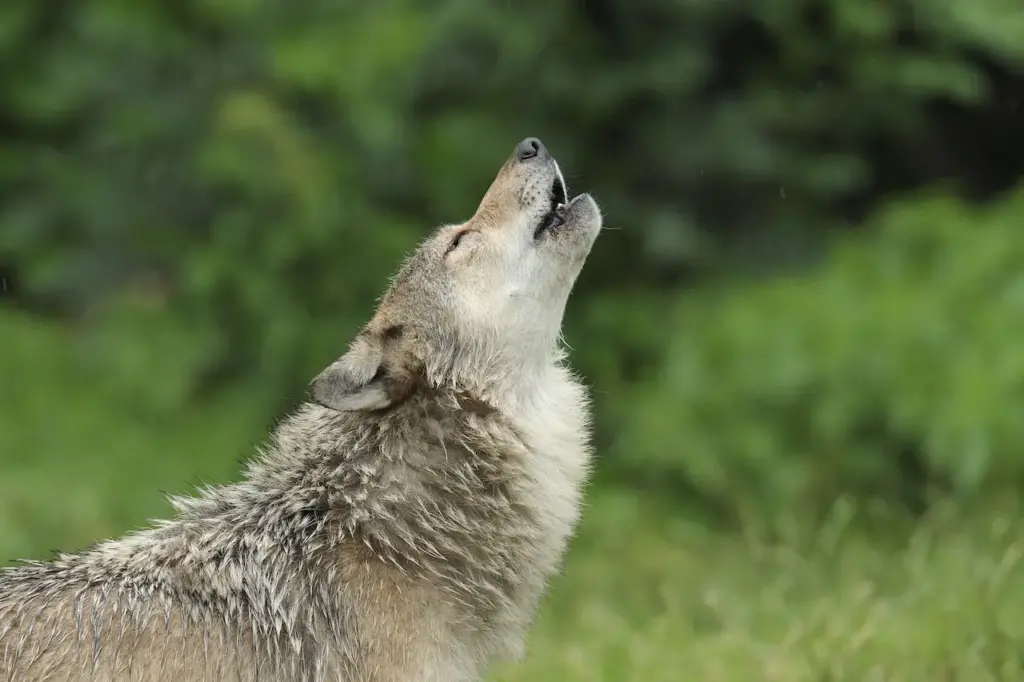
Howling Gray Wolf What Eats A Wolf
Mountain Lion
Except for Florida on the East Coast, mountain lions are currently restricted to the west of the United States. Previously, they were prevalent throughout the whole country. Like deer, these apex predators inhabit a variety of environments.
Mountain lions make every effort to expend the least energy possible when hunting deer. They either stalk the deer slowly until they are near enough to pounce, or they may sit and wait to try to ambush them. Stalking is their primary technique for apprehending deer.
One of the main foods that mountain lions eat is deer.
A University of Arizona study found that about 62% of an Arizona mountain lion’s diet consisted of mule deer. When including all varieties of deer (elk, moose, etc.), mountain lions eat about 48 of them annually.
Mountain lions seek protection from lush foliage and prefer to be solitary. Although they frequently hunt deer in more open regions or rocky terrain, they are more likely to pursue deer in places with dense cover where they are both present.
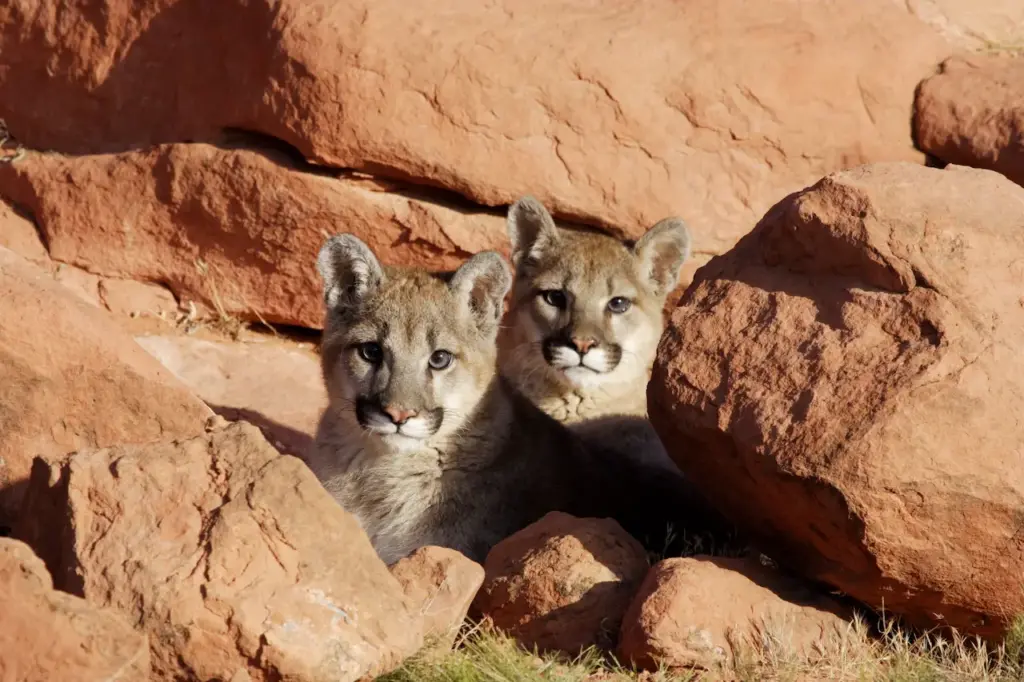
Mountain Lions
Coyotes
The fact that these medium-sized dogs can take down a deer might surprise you. Indeed, coyotes feed mainly on fawns rather than adult deer.
Coyotes are widespread worldwide, including all of the contiguous states in the United States, Canada, and South America. This is why their numbers in North America sometimes coincide with deer’s.
The majority of coyotes hunt alone, occasionally in couples. However, coyotes will band together to pursue healthy adult deer. The packs use a variety of methods to bring down deer:
Ambush: Coyotes, like wolves, will pursue and drive deer into a particular area. This is to point them toward another coyote that is set up for a surprise attack.
Exhaustion: Until the deer runs out of vigor and slows down, coyotes will chase it alternately until the group moves in.
While it is not unheard of for a lone coyote to kill a deer, mainly if it is elderly or unwell, they usually hunt in small bands.
Coyotes are specialized predators of deer, which comprise a significant portion of their food, much like mountain lions. But unlike mountain lions, coyotes seldom manage to take down a fully developed adult deer. Instead, they choose to pursue young deer and fawns.
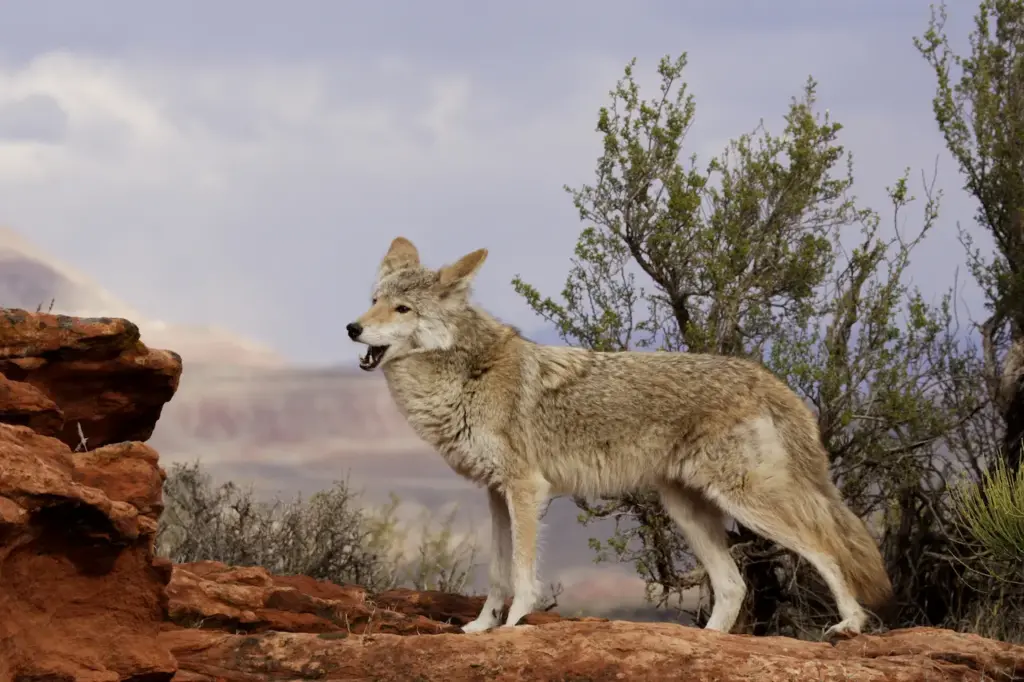
Coyote Yelping What Eats Coyote
Bears
There’s nothing quite as scary as a bear. These are North America’s greatest terrestrial predators, with polar bears at the top of the list! In most locations, despite their size, bears are more likely to attack young deer than adult deer.
In North America, there are three different bear species:
Polar bear: With the exception of reindeer, a species in the deer family, polar bears are the least likely to prey on deer.
Grizzly and Kodiak bears: Sometimes known as brown bears, grizzly and Kodiak bears consume the most deer when they are near areas with an abundance of deer, like deep woods or slopes. Salmon is a more common food source for brown bears living by rivers than deer.
Black bear: Black bears hardly ever kill an adult bear; they usually solely eat fawns.
Bears are incredibly swift and agile for such a massive animal, making it challenging to catch a quick-footed deer. Bears attack deer from behind and use their strong paws to grab hold of the animal’s hind end to subdue it.
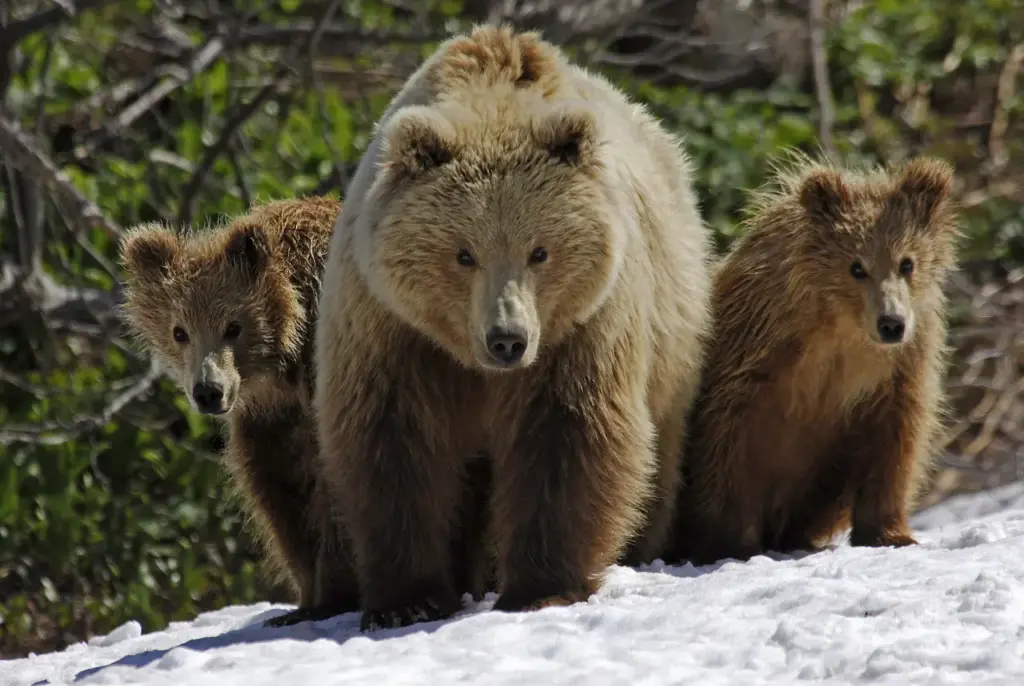
Three Bears on Snowy Field
Lynx
Lynxes and bobcats might be confused, as the two are the same species. Here, we are discussing the Canada lynx in particular.
Despite its name, sightings of the Canada lynx have been reported throughout the United States, including Utah, Oregon, Wyoming, Colorado, Idaho, Montana, and New England.
Although they have been known to eat deer, snowshoe hares are the lynx’s primary food source. After the rutting season in the fall, lynx prey on deer with the highest likelihood of success. This is when some deer get weak or damaged from mating conflicts.
Lynx catch deer using usually one of three methods:
Stalking: With their massive paws, lynxes are able to track their prey through heavy snow. Being sly, they will approach their target within a short distance before jumping and attacking.
Flushing: Mother lynxes and their young can remain together even though most lynxes live alone. The lynxes in this pack will stalk prey by moving in a line across fields.
Chase: A lynx’s last option for killing a deer is to wait for it to approach while sitting. The lynx will emerge from its hiding spot and pursue the deer if it gets near enough.
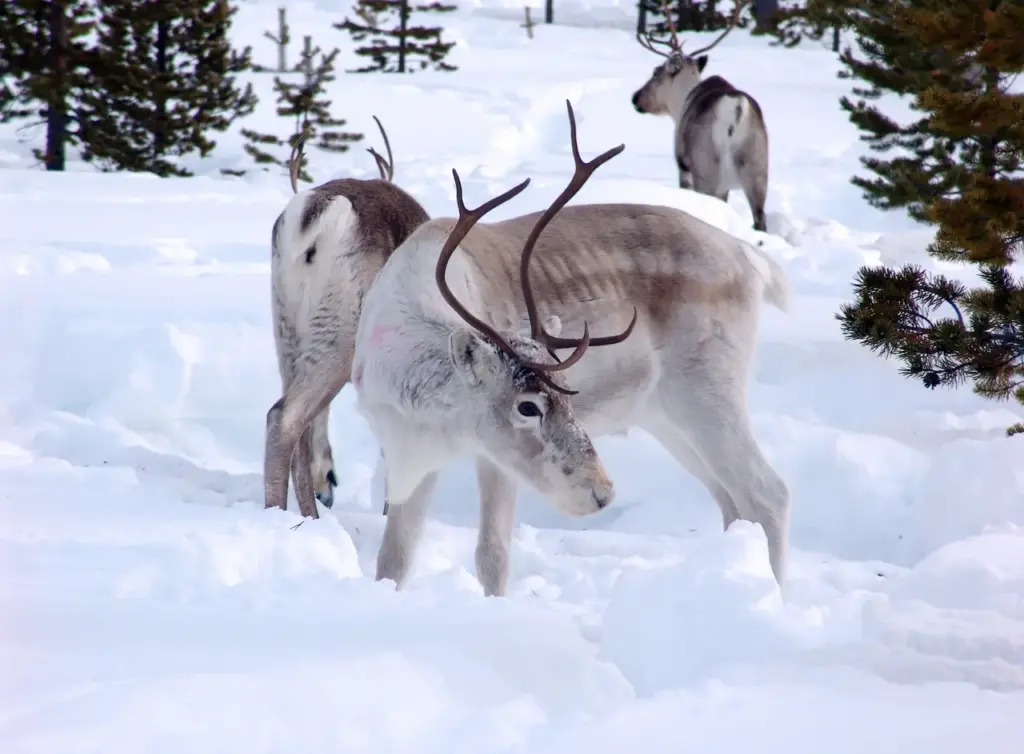
Reindeer on a Snow
Final Words
It may be rather annoying when deer saunter into our yards and nibble on our pretty flowers. On the other hand, deer fall victim to several predators.
Predators of deer with a certain level of specialization include grizzly bears, coyotes, mountain lions, and wolves. White-tailed and mule deer comprise the majority of their meals. Rarely do black bears and polar bears hunt deer as prey. If they do, it’s generally a sick, wounded, or elderly fawn or deer.
Deer may protect themselves from predators in various ways. The most common technique is running, as deer are incredibly nimble in dense undergrowth and can easily lose a huge predator.
